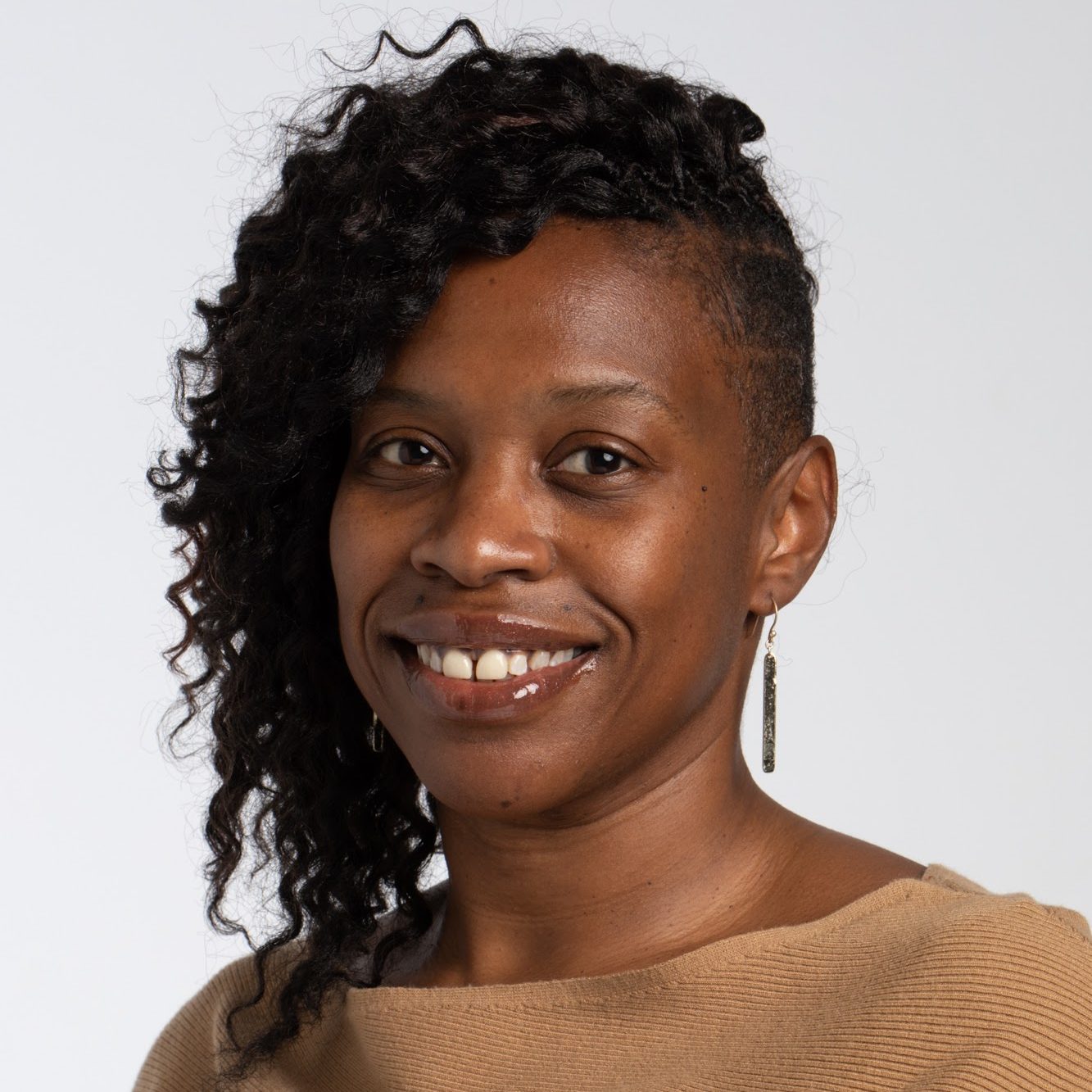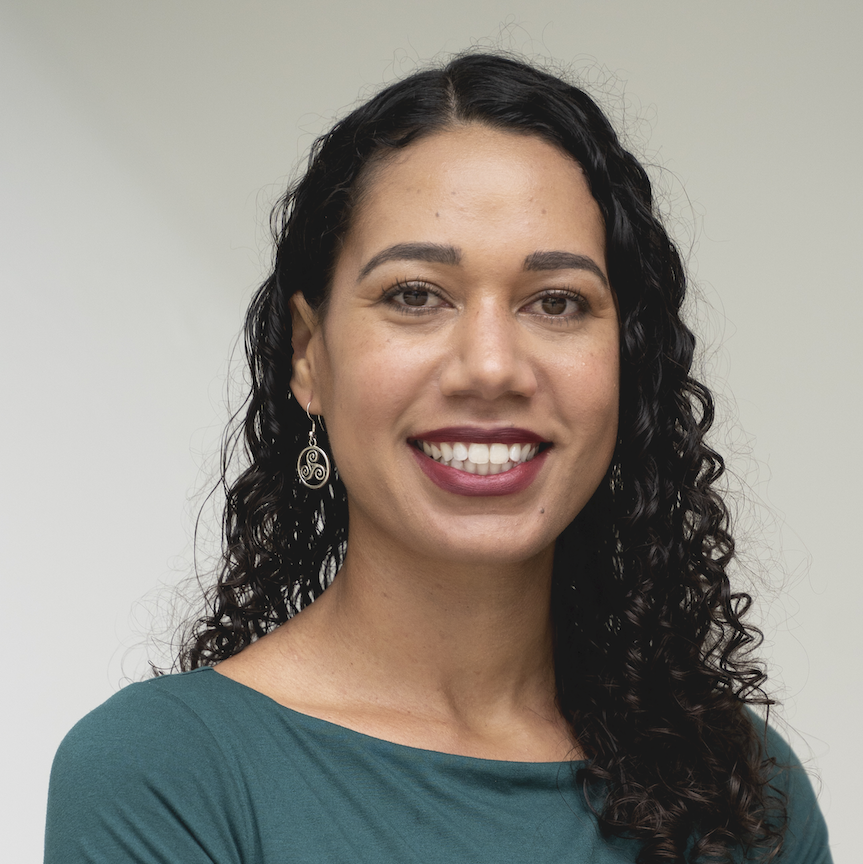Mapping Black Girl Geographies and Belonging in Canada explores how Black Canadian girls (ages 14-18) living in Toronto and Vancouver define and articulate a sense of Canadianness through digital media art production that challenges representations of Canada as foundationally white. Black girls’ historical double exclusion from childhood, and pervasive representations of Black life in Canada as a recent, mainly urban phenomenon complicate the diverse identities of Black girls living in Canada and their relation to place.
The team consists of girlhood media scholar and maker Desirée de Jesús, historian of Black children and girls in North America Crystal Webster, and Kisha McPherson, an educator who uses community-based approaches to study media and Black communities. The selected Black girl “co-researchers,” which is a term used to emphasize their contributions as knowledge producers, will be trained to document and analyze intersecting geographical, historical, and social impacts that shape their lived experiences through participatory visual methodologies (e.g., digital collage). The team and co-researchers will develop decolonial practices for exhibition that reflect each community’s intercultural identity, history, and geography and position the girls as cultural producers. They will also produce an artistic counter-archive that interrogates dominant Canadian girlhood imaginaries, celebrates Black girls’ counterhegemonic modes of cultural production, and fosters cross-Canadian solidarities. This counter-archive will disseminate the Black girl co-researchers’ oral histories and its co-creation will facilitate their experiences of Canadian cultural belonging with each other. Mapping Black Girl Geographies and Belonging in Canada will prompt a necessary conversation about the criticality of including Black histories and geographies in studies about Canadian lives and experiences.
Funder: SSHRC Insight Development Grant
Meet the Researchers

Desirée de Jesús is a video essayist and moving images curator whose digital projects concentrate on girls, women, and folks of colour. She is also an Assistant Professor in the Department of Communication and Media Studies at York University. Her research uses experimental animation to reimagine Black girls’ critical resistance strategies and participatory filmmaking to explore racialized girls’ experiences of COVID-19 inequalities. She is the host of the GAMERella podcast, co-developer of the satellite guide, and a former GAMERella game jam co-organizer.

Dr. Kisha McPherson is an educator and scholar with over 15 years of research and teaching experience in critical race, cultural studies, social justice and media education. Her research and scholarship are focused on the impact of media, education policies, and contemporary representations of Blackness, on the identity and development of Black youth. Dr. McPherson is interested in utilizing Black feminist approaches to research, community engagement, and education, to develop and contribute to anti-oppressive pedagogies and practices, which aim to support Black youth in both formal academic, and community spaces. Dr. McPherson is an assistant professor in the department of Professional Communications at Toronto Metropolitan University (TMU).

Crystal Lynn Webster is an award-winning historian, educator, and speaker. She is Assistant Professor of History at the University of British Columbia. Her book, Beyond the Boundaries of Childhood: African American Children in the Antebellum North was published in 2021. She is currently writing her second book, Condemned: How America’s First Courts and Prisons Terrorized Black Children. Her public scholarship and presentations focus on the significance of history on Black childhood and contemporary issues including education, incarceration, political activism, and child/family development. Additionally, her writing has appeared in the Washington Post, and the New York Times.
